Insulating the chicken coop, is a must for those who live in the windy and cold regions. If you are one of those people who happen to reside in these areas, you might have had a number of plans for chicken coops in your mind. Moreover, you might have also stumbled towards the question that why is the need for weather insulation so imperative? The answer to this question lies in the specific needs of the birds. In other words, your profits in terms of raising backyard chicken lie in the usage of some crucial and top of the line weather resistance measures. The process is really easier than some of you might think of it. All it demands is a bit of devotion and a planned strategic approach from your side. There are numerous cold weather chicken breeds that might not demand extreme insulation measures, but not all of the breeds have been equipped with the potency and immunity to withstand the extreme effectuations of weather at times, so you should think about the winterizing the chicken coop.
Cold Weather Chicken Breeds
Most of the chicken breeds are equipped with the maximum amounts of weather resistance on them, but when it comes to superiority in terms of the withstanding the weather conditions, then some breeds are able to do much better than others. The breeds included in the class of high resistance for cold weather are Wyandottes, Dominiques,Easter Eggers, Delaware, Hamburg, Orpington, Buckeyes and many more. At the same time, the Norwegian Jaerhons have been long termed to be quite reliable for their usage in the cold weather.
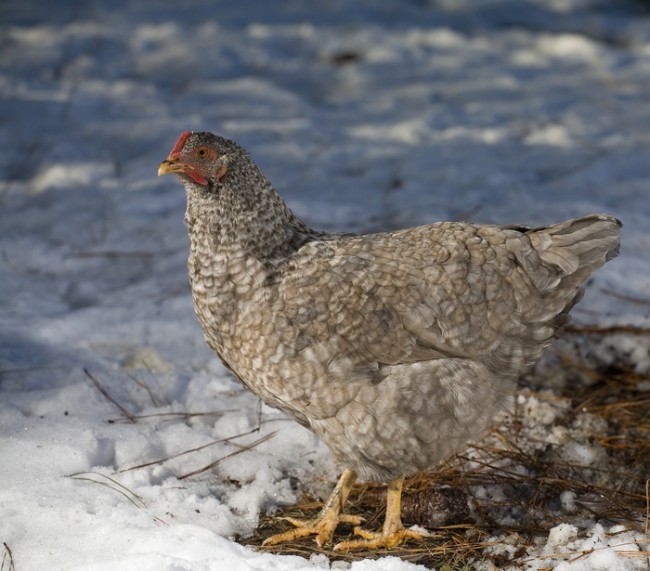
Chicken Breeds for Hot Weather
The breeds best suited for the hot weather include Leghorn, Rhode Island Red, barred Plymouth Rock, Barnevelders and many more. The Leghorns and the Minorca happen to be the breeds which are the most recommended in terms of the usage for the warm and hot weather conditions. Moreover, the dual purpose breeds like the Rhode Island Red have also been seen to be handle the heat in a more effective manner. Moreover, there are also a number of people who have had profound levels of success when it comes to the usage of the Barred Plymouth Rock. Other breeds included in the list are Buff Minorca, Red Star Sexlink, Russian Orlof, Golden Phoenix, Sicilian Buttercup, Jersey Giant and Buff Brahmas. In all, there are a number of breeds which are best adopted for usage in both weather conditions, hot as well as cold.Cool chicken coop is optimal for usage in the hot weather.
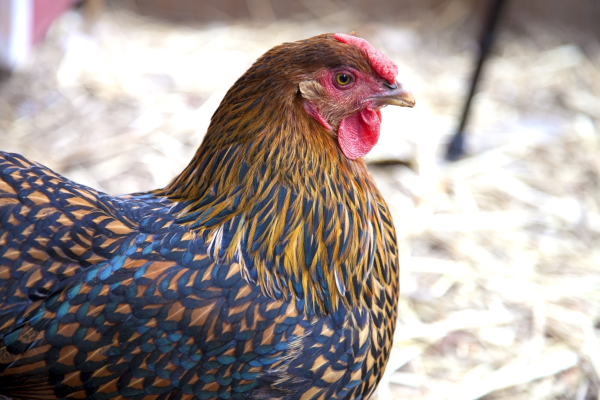
Ways of Insulation
Now here I would be sharing with you the 4 most conducive and effective ways in terms of the insulation of the chicken coop for extreme weather conditions. These tips should be used in accordance to the structure of the cold weather chicken coop.
1-Cardboard
One manner in which you can save money in terms of the insulation process is to make use of the cardboard. The hen house which would be draft free would be better able to insulate your birds from the changes in weather. In addition to being a cheap and effective material, the cardboard is also readily available all across the local markets. You can make use of the staple for the purpose of attaching the large sheets of cardboard towards the interior regions of the chicken coop and when used in combination to the heat lamps, there might no other better way to do the insulation.

2-Inch Styrofoam
The Styrofoam is quite a facilitating material when it comes to insulating the chicken coops. You can make use of a large panel and stick towards the top of the roof which would come in handy in terms of the prevention of the hot air to escape. Moreover, it is also crucial that you secure the foam materials a bit higher from the reaching limits of the chicken otherwise they would be pecking away the entire material in a matter of a few days. It is best to carry out the construction keeping in view the requirements of the winter chicken coop.
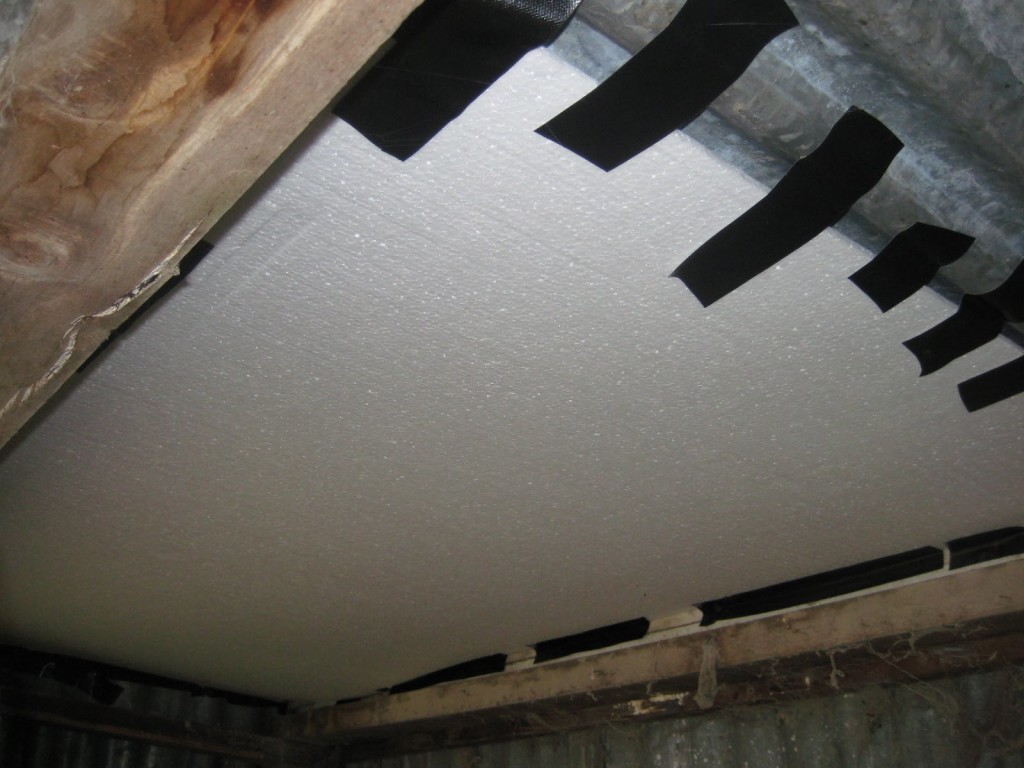
3-Towels and Blankets
It is time you should think about saving some old towels as well as the blankets. Most of the people prefer to give these things away, which is indeed a noble act, but when you happen to have a number of chickens to keep, then what could be more optimal that the usage of these materials for the insulation process of the chicken coop? You must prefer to make use of them in addition to the cardboard which is going to notch up the levels of insulation.

4-Bales of Straw
When it comes to the history of the bales of straw, then you would be amazed to know that the farmers have been bringing these materials for usage for many centuries. Cattle barns and straws do come in handy for the insulation of the chicken coop. The straw should be piled and leveled up to a depth of about 4 inches which comes in handy for the protection of the birds from the cool ground. Moreover, the materials also absorb the droppings and give them a mechanism for scratching at. In short, building the winter chicken coop can be a cheaper process if you prefer to make use of the above mentioned measures.
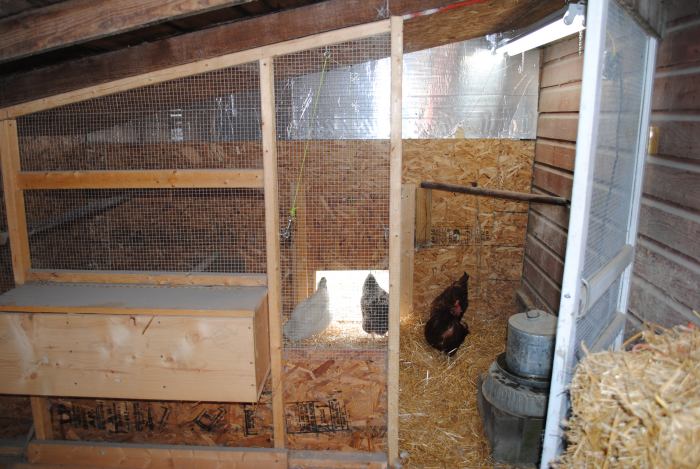
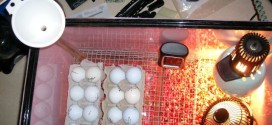

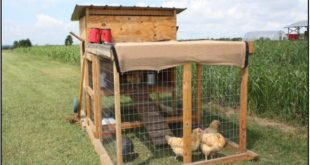
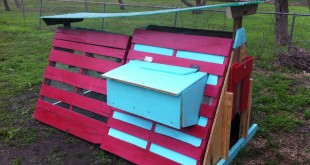
I am in the process of building my 5×6 coop and will insulate with cardboard. I live in Colorado, and will use a heat lamp if temperatures drop below 32 degrees. I designed it so it will have both upper and lower venting for air flow.
I was exploring options for insulation and have access to as much cardboard as I need! Excellent idea and it could’ve come at a better time!
Deep bedding creates heat in the winter. Corn tossed over a few inches of fresh straw on the old bedding motivates the girls to get in and turn it over. This reduces the aromatic nature of the bedding while giving them excersize and a treat. The deep bedding heat can be significant during the winter.
Don’t use straw. Red mites love to hide in straw.
Try diatamaceous earth under the straw.. straw and hay make GREAT bedding.
I live in Cape Breton Island ( gets quite cold in winter ) and I am new to raising silkie chicks. I found the information here to be quite helpful, thank you.